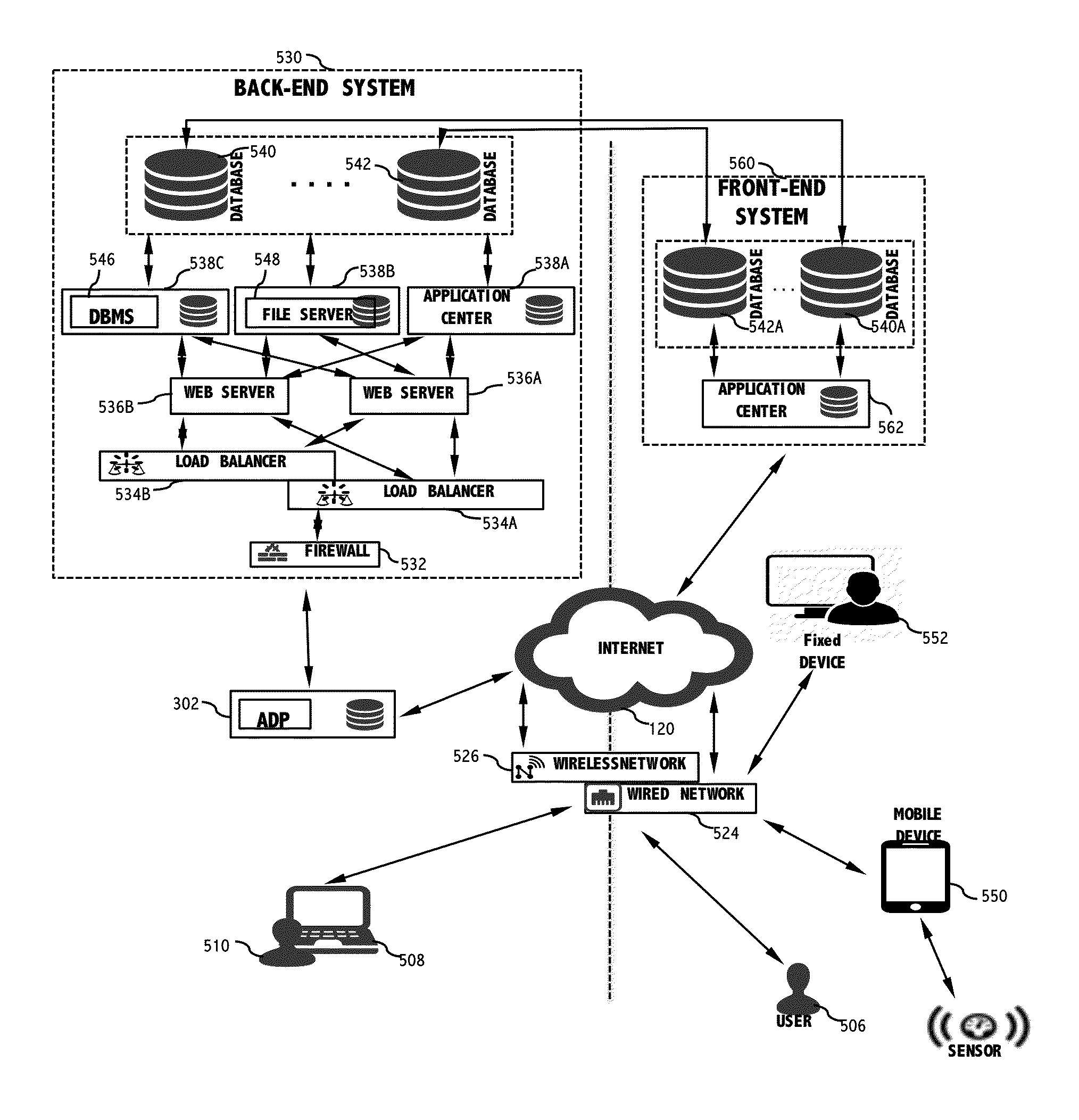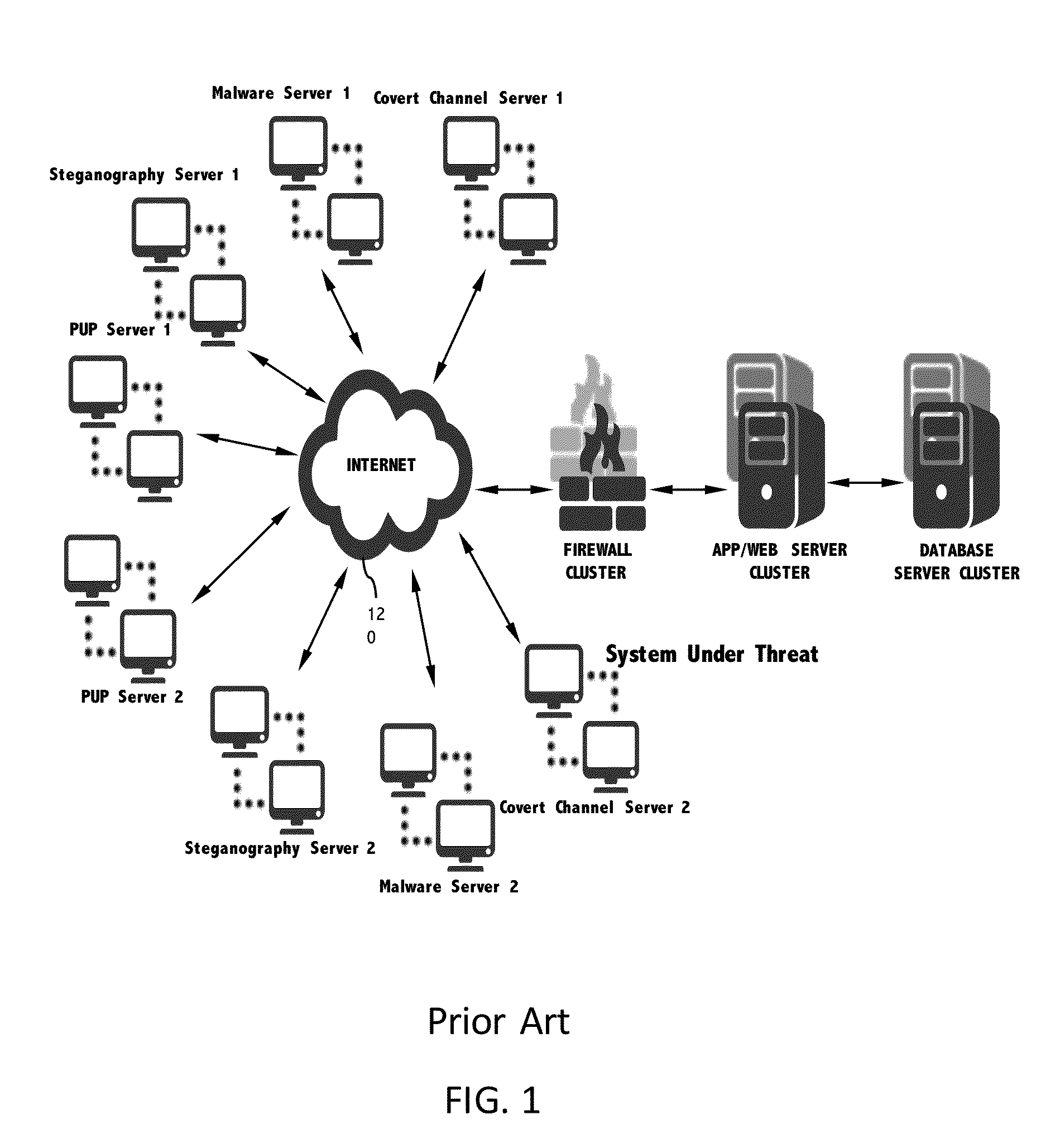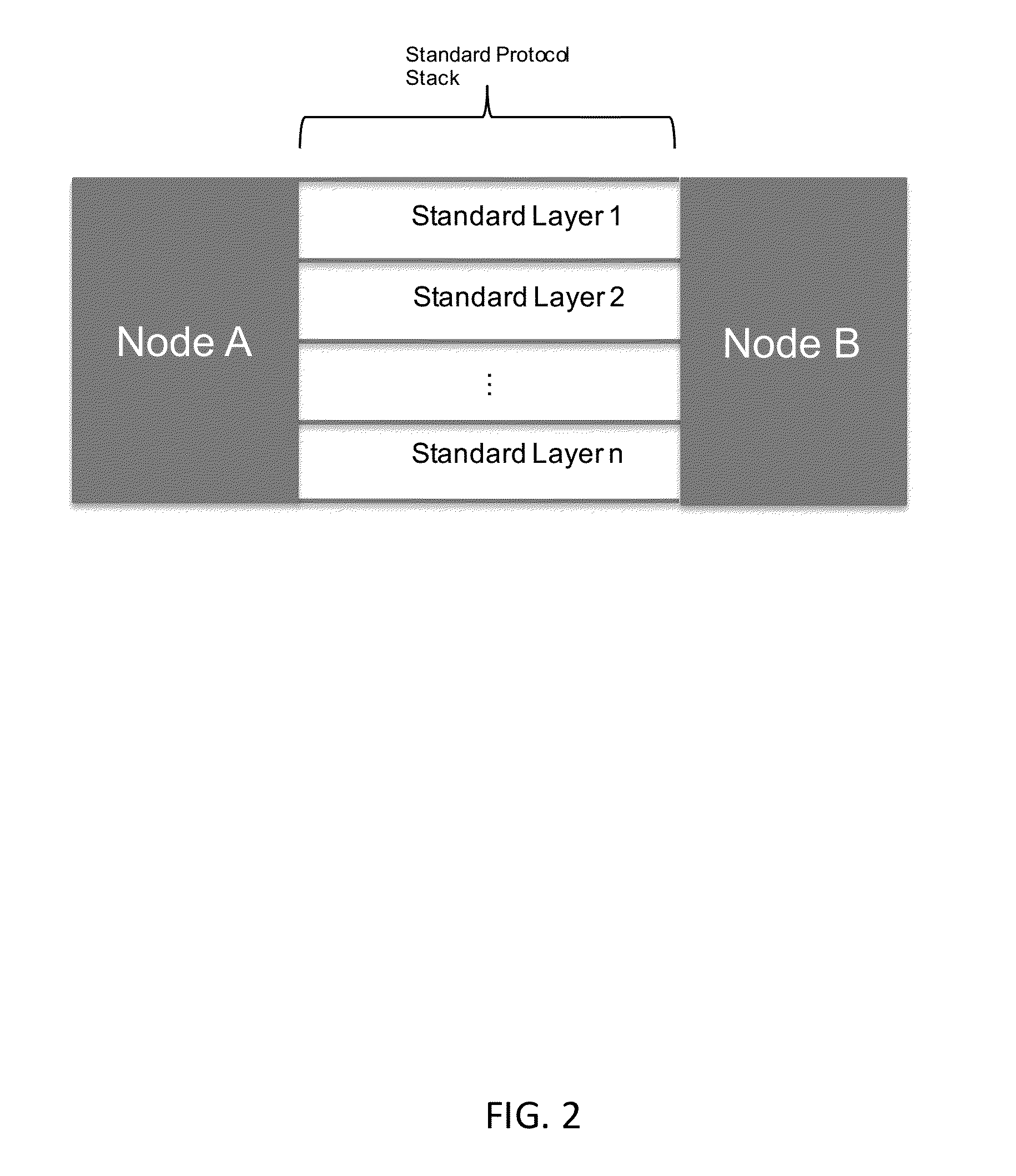This type of cyber activity is known as
Advanced Persistent Threat (APT) and it poses a significant danger to every business, government or military with data to protect from public disclosure.
The costs of resolving APT attacks are also financially burdening to organizations.
Expenses related to
attack cleanup, however, pale in comparison to the long term costs associated with the disclosure of valuable
intellectual property, confidential data, trade secrets, business plans, and other data targeted by cyber attackers focused on extracting intelligence from their targets.
Loss of data managed by regulatory stipulations, such as
consumer financials, the Health Insurance Portability and Accountability Act (HIPAA), Sarbanes Oxley, or military data, could result in significant fines and law
enforcement action.
The income loss and costs of re-establishing customer confidence once a
data breach is publicly reported can be devastating.
However, ongoing public disclosures from businesses, military organizations and governments all over the world have revealed disturbing trends about APT attacks.
Cyber-security equipment currently available does not prevent successful attacks, but instead delays intrusion, enables eventual discovery, and gives attack responders the tools required to investigate and remove a discovered attack.
Unlike naive, cybercrime focused
malware, APT attack tools are complex and finite in number.
However, their communications messaging systems are complex and require cyber defenders to have advanced
encryption, protocol, and
malware analysis expertise.
A poorly executed
intrusion response which gives the attacker time to react, may only result in existing attack tools being replaced with more advanced versions in different locations inside the business.
Unwanted
software bundling is where unscrupulous companies confuse users into installing unwanted programs that can compromise a user's privacy or weaken their computer's security.
Companies often bundle a wanted program download with a wrapper application that forces the user to install an unwanted application, while making it hard for the user to find how to opt-out.
Nearly every single third-party free download site bundles their downloads with potentially unwanted
software.
The United States Department of
Homeland Security has advised removing an insecure
root certificate, because they make computers vulnerable to serious cyber-attacks.
However, these defense products do not extract the contents of the attack tool messages they discover or process malicious tool
network activity to
expose the details of the intrusion previously shown.
Thus, the
threat becomes even greater when APT attacks are discovered after operating against and maneuvering inside an organization for months or years.
Botnets can use DNS tunneling to act as a covert channel, which are hard to detect.
Second, the attacker installs a small malicious tool designed to allow
limited access to a victim for later use in an ongoing attack.
Third, the attacker uses the original small malicious tool to install a larger fully featured malicious tool, which is also likely immune to antivirus.
Additionally, as the attack matures through stage 4, these communications increase in stability and complexity.
The full-featured malicious tools used in stage 3 and 4 are designed to last the duration of an attack, for months or years, and are complex enough to evade most naive detection techniques while managing an advanced cyber-attack campaign.
A user would not normally agree to install such a program, or did not know they were agreeing to give their daily activity, for example, making it a potentially unwanted program (PUP).
A program that is wanted can also be unwanted by the owner of the network.
The administrator cannot easily tell what the PUP (administration tool) is actually doing, aside from noting, for example, that there are no employees in China when seeing a Chinese
IP address used.
 Login to View More
Login to View More  Login to View More
Login to View More 


